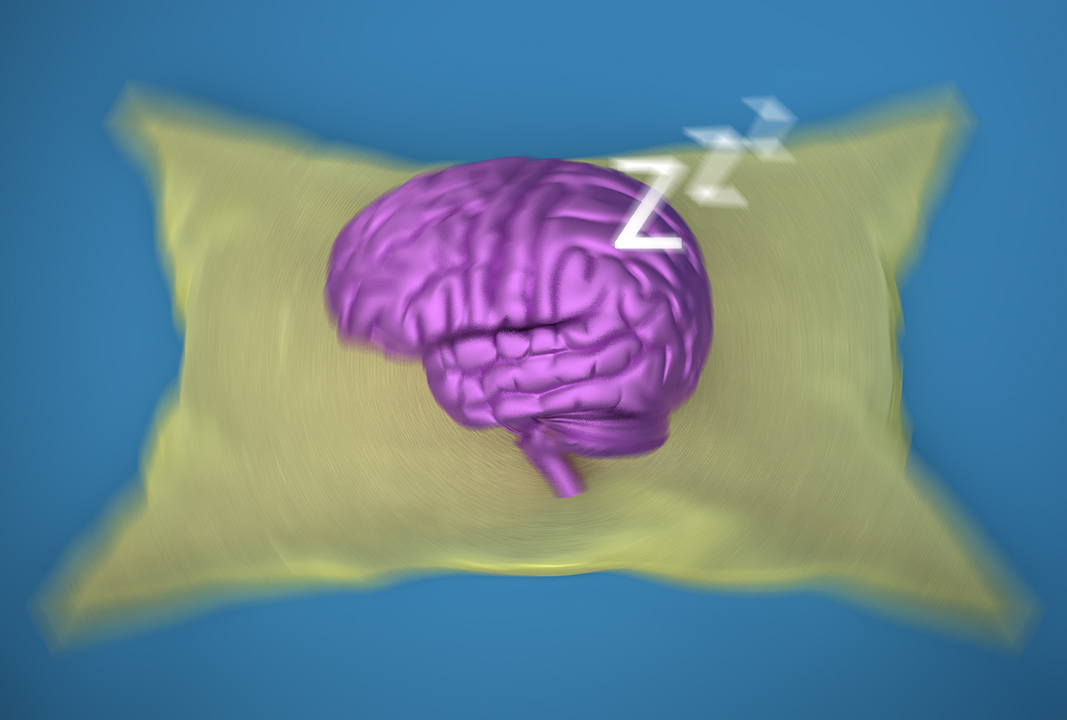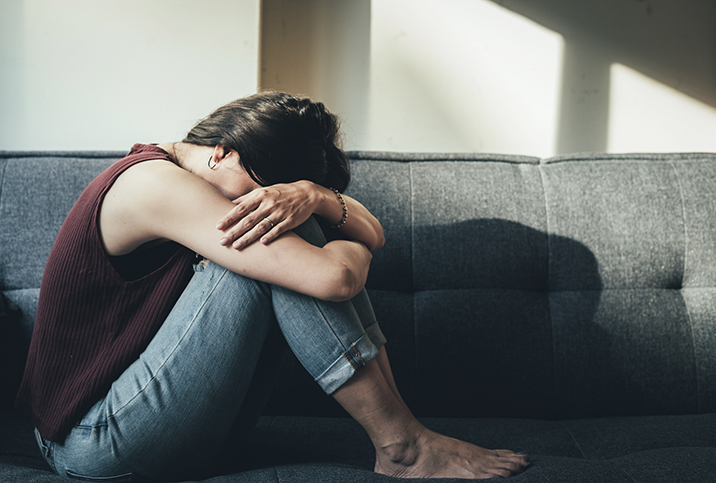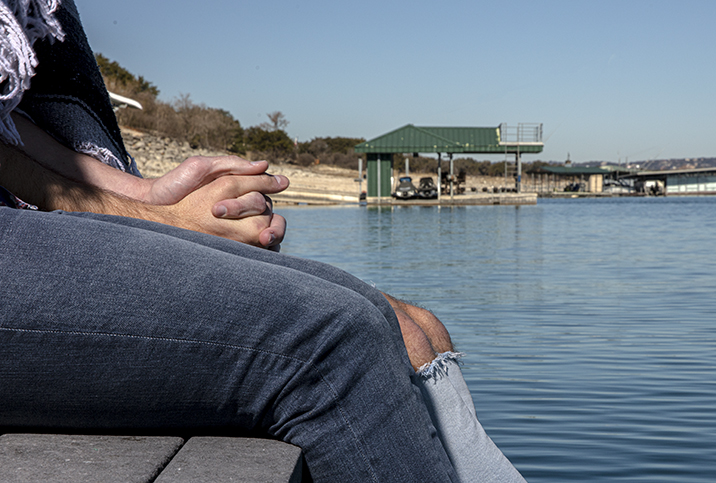Loving and Living With the Complexities of PTSD

Post-traumatic stress disorder (PTSD) is a psychiatric condition that can affect anyone who has experienced or witnessed an extremely stressful or frightening event. Many people struggle with PTSD after serious events such as a severe injury, wartime activity, the death of a loved one, sexual abuse or the diagnosis of a disease.
Symptoms of PTSD can include nightmares and flashbacks; avoidance of situations; emotions of anger, guilt and shame; social isolation; changes in arousal; and difficulties with sleep and concentration.
Men and women with PTSD may also experience sexual dysfunction and relationship difficulties, according to a 2015 review in The Journal of Sexual Medicine. People with PTSD often experience sexual dysfunction and problems with intimacy.
Symptoms of PTSD are largely incompatible with feelings of intimacy, pleasure, safety and trust. PTSD and sex both involve physiological arousal. However, when people with PTSD experience sexual arousal, they might have an involuntary reaction that makes them feel threatened or scared, which can impede sexual function.
Sexual complications associated with PTSD can be physical and mental, including but not limited to the following:
- Erectile dysfunction (ED)
- Orgasmic dysfunction
- Low sexual desire
- Low arousal
- Feeling disconnected during sex
- Feeling afraid during sex
- Risky or dangerous sexual behavior
- Pain during sex
How can you live with PTSD?
Individual experiences of PTSD symptoms vary, and the presentation of symptoms depends on a variety of factors, such as the characteristics of the event, available coping resources, physiology, the context of the experience and other trauma history, according to Mandy Mount, Ph.D., a clinical psychologist with The Clinic in Beverly Hills, California.
"PTSD symptoms result from a dysregulated nervous system, so symptoms tend to reflect either a hyper-aroused or a hypo-aroused state," Mount said. "Symptoms include emotional distress, difficulty with thinking or problem-solving, hypervigilance, attempts to avoid trauma-related cues, re-experiencing through unwanted and upsetting thoughts, intrusive memories of the event, flashbacks or nightmares, difficulty sleeping, changes to eating patterns or sexual activity, anxiety, depression and suicidality."
It is common for people to engage in efforts to numb their feelings or escape their thoughts through substance use. Relationships can also be impacted due to feelings of isolation, negative emotional expression, irritability, fear, shame, or difficulty trusting themselves and others.
"The core premise of what's happening with post-traumatic stress disorder is that your brain's primary purpose is to figure out how to keep us alive," said Will Barone, Psy.D., a clinical psychologist with The Clinic in Berkeley, California.
That means all of the systems in the brain are developed to figure out a few things. How do we stay alive? How do we stay safe? How do we get our needs met?
"When somebody goes through something that feels like it could be threatening to their life, these different parts of our brain make very important notes about that thing that was threatening," Barone said. "And then [it] starts to make changes to our brain that put us into high alert and raises anxiety and raises stress with the hope that now our brain is better at assessing a threat and things that could be dangerous."
The problem is that this part of the human brain was designed thousands of years ago when we were hunter-gatherers, living in dangerous environments and facing very real physical threats on a regular basis.
"We really needed this system in place," Barone said. "If you were out gathering food and a saber-tooth tiger showed up, we really needed to quickly turn on our fight-or-flight response and figure out how I can best survive this moment to fight off the saber-toothed tiger or run as fast as I can in the other direction. The moment you see that saber-toothed tiger, all of these changes start happening in your body."
Parts of the brain start to shut down to send energy to the muscles and nervous system to provide more power and force to get through that situation alive.
"Other parts of our body that are not needed to fight that saber-toothed tiger—our immune system, our digestive system—all of those start to shut down to send this energy to our nervous, our muscles, to give us the best chance of surviving that moment with that saber-toothed tiger," Barone said.
Today, however, we're not facing saber-toothed tigers. For many people, it's rare to ever be in situations with a physical threat. That system is exactly the same, though, and it can be triggered by all manner of things that aren't actually a danger to us.
Dating with PTSD
Individuals with PTSD may struggle to trust new people or find it difficult to be in situations or environments that may be triggering.
"Depending on the source of the PTSD, it may also be difficult to decide how, if or when to share about the traumatic experience while building a connection with someone else," Mount said. "Feelings of anger related to the existence of the trauma or fear of rejection or judgment may also be present."
Mount recommended keeping the following factors in mind when dating with PTSD:
- Recognize the role of your survival system and appreciate it for keeping you safe. At the same time, try to recognize when it may be overacting and limiting you from what you want and need.
- Remind yourself that you are whole and worthy and deserving of love and care.
- Remind yourself that you are not your trauma and you deserve to grow beyond it to live a fulfilling and empowered life.
- Nurture self-compassion and self-awareness.
- Honor feelings of discomfort that indicate present boundaries.
- Be aware that avoidance behaviors may create a sense of safety, but they can also restrict a person's life and lead to additional difficulties.
When people with PTSD are in relationships, their system that is hypervigilant to threats can kick into gear when a little thing is said or somebody is feeling a little bit on edge, according to Barone. This can trigger the same reactions as if there is a real physical threat.
"This process can really impact communication and connection and absolutely can impact sexuality," Barone said. "Being vulnerable and open to connection are things that are so driven by feeling safe. Feeling comfortable and relaxed, and feeling trusting of your partner are things that are so integral to sexuality that PTSD and the changes that happen in our brain can really get in the way of feeling safe at all."
Talking to your partner about PTSD
Someone without PTSD may find it difficult to observe their partner struggle with some of the emotional challenges associated with negative views of themself or others, high levels of anxiety or fear that may be present, according to Mount.
"If someone chooses to share their trauma story, it may also be hard to hear the details of the harm that was caused," Mount said. "Sometimes, this can even result in symptoms of secondary traumatic stress."
Communication builds trust and supports the development of a relationship that can be experienced as safe, healing and connected. It may be difficult to communicate about the experience of PTSD, however, if a person does not understand how their experiences are connected to the experience of trauma and their survival/nervous system.
Partners can learn about the effects of trauma and work together to identify ways to build toward re-establishing safety and enjoyment.
When discussing the effects of trauma, it is important to maintain an open, non-judgmental, curious mindset and allow the person dealing with the condition to take the lead. Some helpful things to keep in mind when communicating with a person about their PTSD experience include:
- Ask open questions.
- Validate their feelings.
- Reflect understanding.
- Ask them what feels most supportive.
A key to helping people with PTSD get better is that they "relearn that discomfort and being unsafe are two different things," Barone said.
The person's partner can help reinforce those things and help them feel safe.
"In a relationship where one person has PTSD or an extensive trauma history, it can be really helpful for both partners to learn about PTSD and understand why certain things might be triggering to the person, and also to explore how they can better communicate and support each other through the process of healing," Barone said.
Prevention, therapy and aftercare with PTSD
The likelihood of developing PTSD following a traumatic event may be reduced by accessing timely care, such as support from friends, cultural or faith communities, or a qualified mental health professional, according to Mount.
"It can also be helpful to learn more about common responses to trauma and why they occur," Mount said. "This increases personal understanding and control."
Many clinical practice guidelines recommend prolonged exposure therapy and cognitive processing therapy (CPT) as first-line therapy options for PTSD.
"While there are other forms of treatment that may also be beneficial, these two treatments come with the most robust evidence and strongest recommendations," said Louis Pagano, Ph.D., a practicing psychologist in St. Cloud, Minnesota. "Psychotherapy is often recommended over medication as the first approach to treatment."
Prolonged exposure is a type of cognitive behavioral therapy (CBT) that helps individuals approach trauma-related thoughts, feelings, memories and situations in a safe, gradual way. Exposure is an effective intervention strategy commonly used in CBT to help individuals confront fears; it has been shown to be helpful for treating a wide array of problems.
"PTSD is, in part, maintained by wanting to avoid anything that reminds them of the trauma they experienced, because it reinforces the fear in the long run," Pagano said. "By confronting what has been avoided, individuals are able to decrease PTSD symptoms by learning that the trauma-related memories and situations are not unsafe and do not need to be avoided."
People who allow themselves to experience the strong emotions associated with their trauma-related memories and situations can learn they won't "fall apart," he added. They will discover these emotions can go away on their own without having to engage in avoidance.
CPT is a specific type of CBT that has proven helpful in improving symptoms of PTSD related to a variety of traumatic events, such as abuse, combat, rape and natural disasters. CPT is typically delivered over 12 appointments, either individually or in groups.
CPT helps people learn how to challenge and amend the unhelpful beliefs about themselves, others and the world following a traumatic event.
"By doing so, individuals can generate a new conceptualization of the traumatic event so that it diminishes its negative impact on quality of life and functioning," Pagano said. "Both treatments help with PTSD, they just reach the same end goal through different methods."
PTSD resources for patients/caregivers
The following resources are helpful for PTSD patients and their caregivers:


















